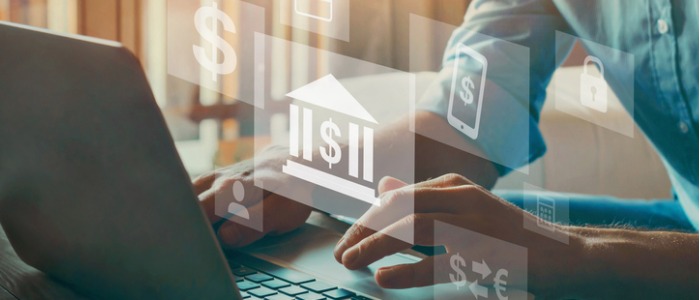
Is your paycheck automatically deposited in your account? Have you set up automatic bill payments for things like tuition or streaming subscription services?
If so, you are one of the tens of millions of others who take advantage of what’s called automated clearing house or ACH transactions. These automatic electronic banking transactions accounted for nearly 23 billion payments made in 2018 alone.
According to NACHA, which develops rules and standards that foster compatibility and integration across the ACH network, those payments include direct deposits of salaries, dividends, and Social Security and other government benefits, as well as direct payments for things like utilities and mortgages, tuition, subscription services, and charitable giving.
How Does It Work?
ACH stands for Automated Clearing House. It is a way to move money electronically from one bank to another without you having to write a check, or a vendor having to send you paperwork. The clearing house network actually consists of two clearing houses — the Federal Reserve and the Clearing House. All ACH transactions run through them for efficient processing of payments between financial institutions. ACH’s network of computers communicate with each other to request and make payments.
How Do I Set up Electronic Auto-Payments?
To set up ACH payments, you first need to authorize the biller. Typically, the company (for instance, your mortgage or utility company) will provide a form to complete and sign, authorizing the payments. On it, you will provide your credit union or bank account number and the bank’s routing numbers.
Once the automatic payment is set up, the biller will deduct the payment from your designated account on each due date. The transaction will appear on your statement as an ACH debit.
Direct payments to you work much the same way. You give the payer (such as your employer) authorization to automatically deposit funds into your designated account. Those deposits will be listed on your account statement as a direct or ACH deposit.
Why Is There a Delay in Receiving an ACH Payment?
Because ACH uses batch processing, a full day’s transactions are processed at once — not immediately upon receipt. As a result, an ACH payment does not show up on your account immediately after your employer or other payer authorizes the payment. Expect an ACH payment to take a couple of business days to process.
Is Electronic Auto-Pay Safe?
The short answer is yes. Your personal banking information is only shared once, when you authorize the payment. Your money goes directly from your account to the receiver’s account. And you don’t run the risk of your checks being lost or stolen. In addition, in the event of an error or fraud, federal law protects you if you report it within 60 days.
Consult Our Financial Experts
Want to set up ACH payments with your UFCU account? Give us a call, or stop by your local financial center anytime to chat with a Personal Financial Representative and learn more.
Thank you for your feedback.